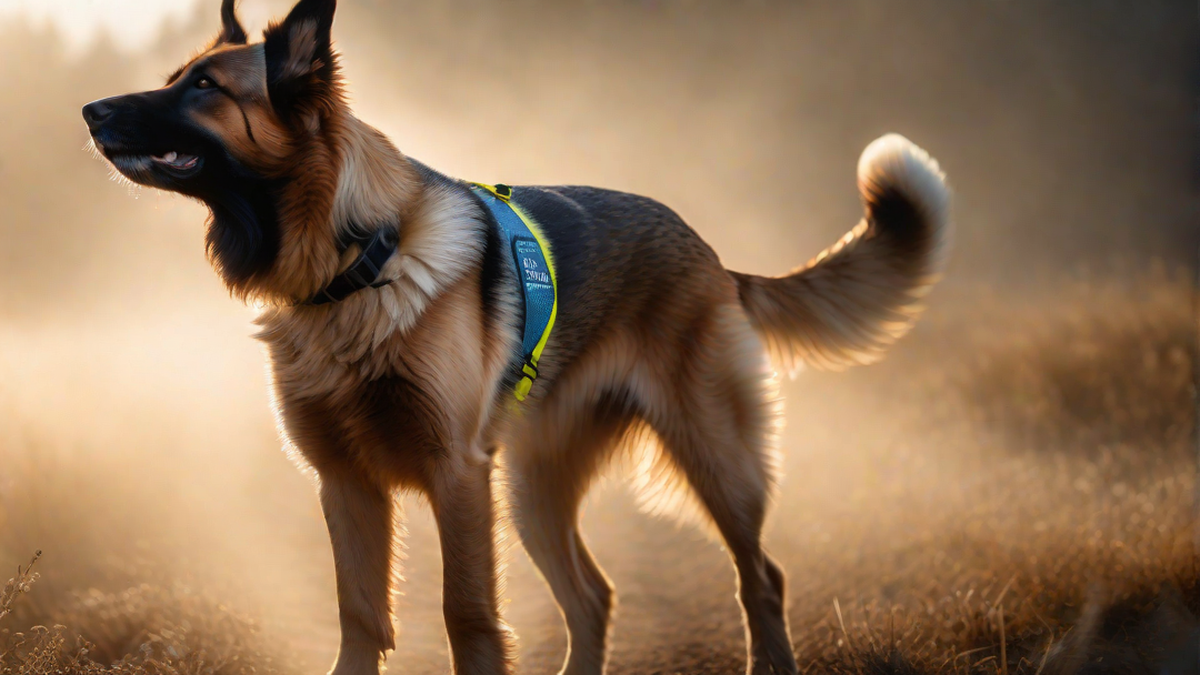After a long and adventurous run with my furry friend, I couldn’t help but wonder how long should a dog pant after running. As a dog lover and avid runner, it’s important to understand the signs of a healthy recovery for our four-legged companions. Panting is a natural response for dogs to cool down their bodies, but the duration of panting can vary depending on several factors.
The Cooling Mechanism: Panting
Panting is a dog’s primary way of regulating body temperature. Unlike humans who have sweat glands all over their bodies, dogs only have a few on their paws. So, when they get overheated during exercise, panting allows them to release excess heat through their respiratory system. It’s like their built-in air conditioning system!
During exercise, dogs will typically have a heavier panting rate to keep up with the increased demand for oxygen and to cool themselves down. This is completely normal and should not be a cause for concern. However, the duration of panting can be an indicator of the dog’s fitness level and overall health.
Factors that Influence Panting Duration
1. Fitness Level
Just like humans, dogs’ fitness levels play a significant role in their recovery time after physical activity. Well-conditioned dogs with good cardiovascular health will generally recover faster compared to dogs who are less active. If your dog is panting excessively for an extended period after a run, it might be a sign that they need to gradually build up their endurance through regular exercise.
2. Environmental Conditions
The weather and temperature can greatly affect how long a dog should pant after running. If it’s a hot and humid day, dogs may need more time to cool down compared to a cooler day. It’s important to be mindful of the weather conditions and adjust the intensity and duration of exercise accordingly. Remember, it’s our responsibility as pet owners to keep our furry friends safe and comfortable.
3. Breed and Size
Different dog breeds have different levels of endurance and tolerance to physical activity. Smaller breeds and brachycephalic breeds (dogs with short snouts) tend to pant more easily and may take longer to recover after intense exercise. On the other hand, larger and more athletic breeds may have a shorter panting duration due to their higher fitness levels.
What’s Considered Normal?
There is no exact timeframe that applies to all dogs, as each dog is unique. However, as a general guideline, a dog should start to calm down and pant less within 10-30 minutes after running. If your dog continues to pant heavily for an extended period or shows signs of distress such as excessive drooling, weakness, or collapsing, it’s crucial to seek immediate veterinary attention.
Post-Run Cooling Tips
Here are some tips to help your dog recover and cool down after a run:
- Provide access to fresh water: Make sure your dog has plenty of water to drink after a run to stay hydrated.
- Find a shady spot: Allow your dog to rest in a cool and shaded area to avoid direct sunlight and excessive heat.
- Gentle cool-down exercises: After a run, engage in gentle stretches or a short walk to gradually lower your dog’s heart rate and help them cool down.
In Conclusion
Panting is a natural and essential part of a dog’s cooling mechanism after running. The duration of panting can vary depending on the dog’s fitness level, environmental conditions, and breed. As responsible pet owners, it’s crucial to be aware of our dog’s individual needs and provide the necessary care and attention during their recovery process. Always monitor your dog’s panting and seek veterinary advice if you have any concerns about their health or well-being.

